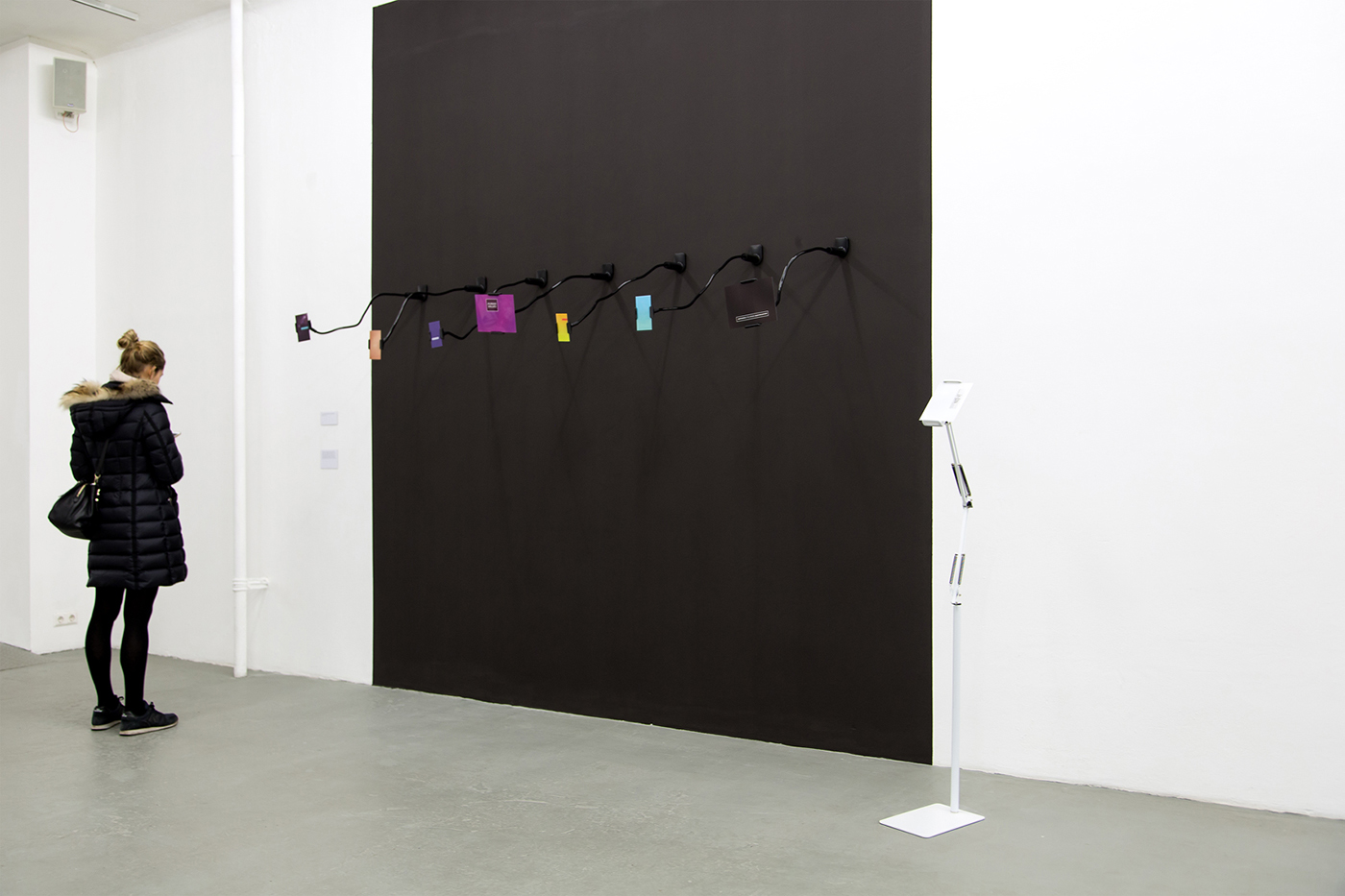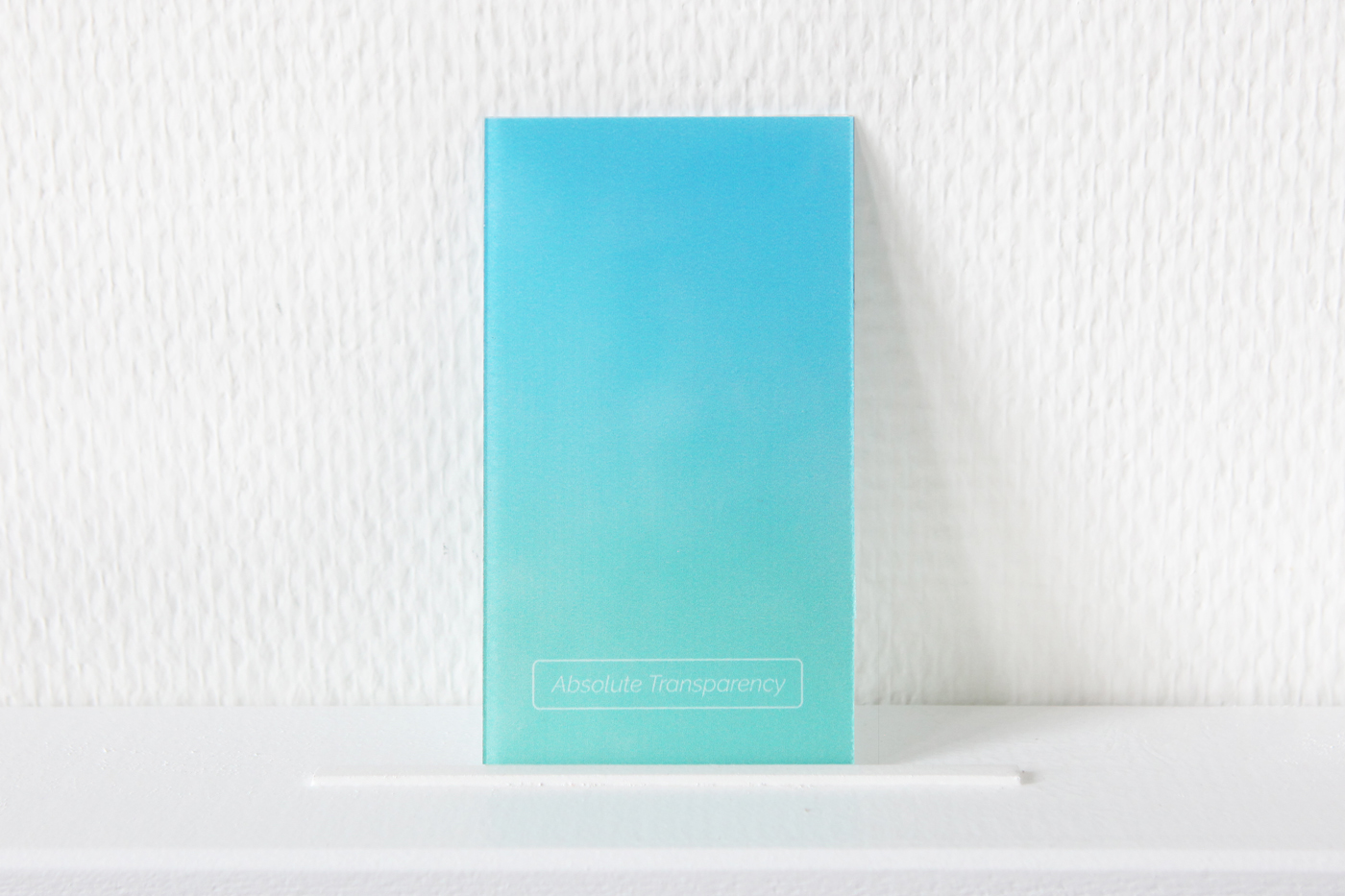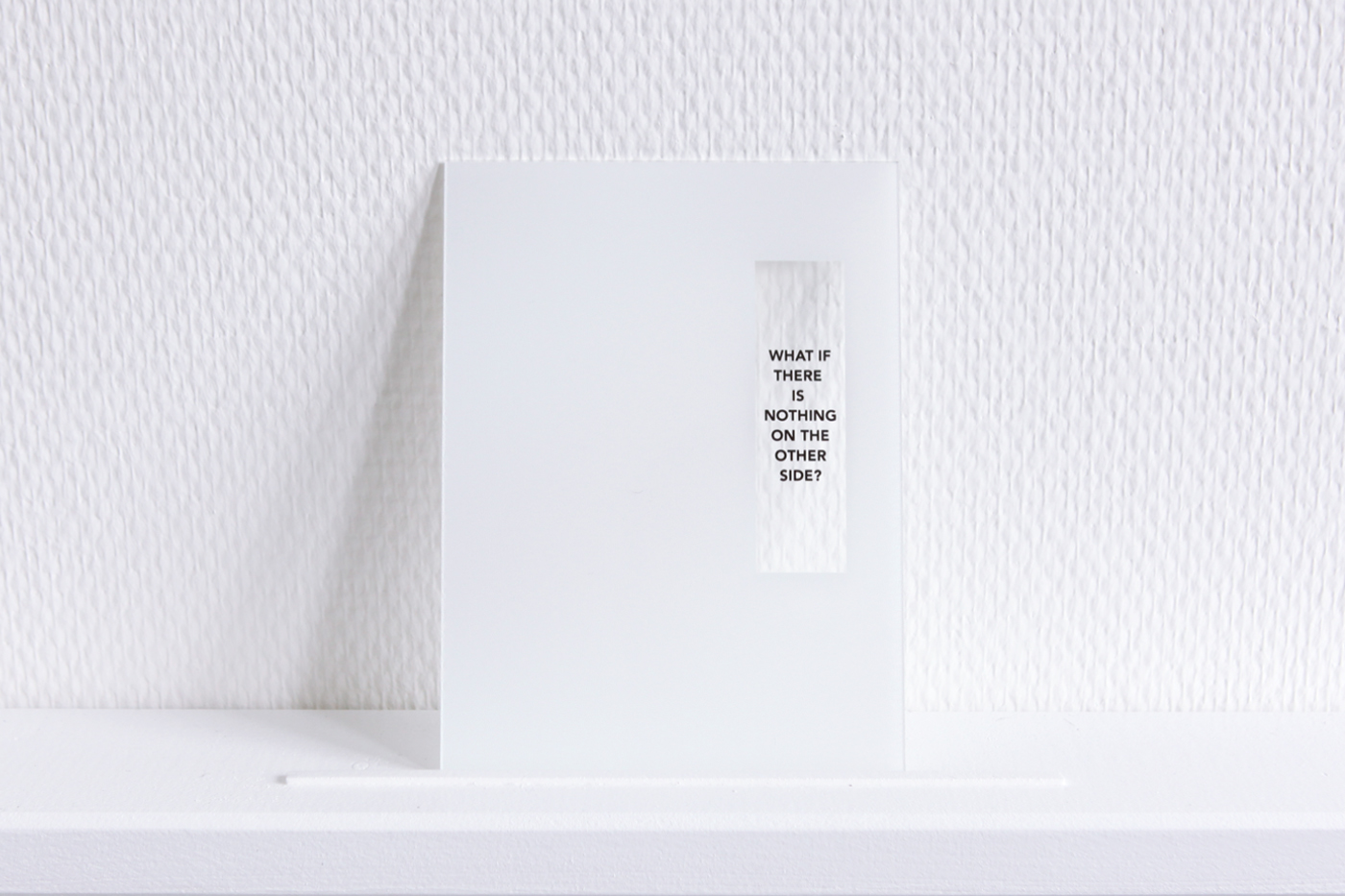Call to Action (CTA) Series
various material and size, 2016-2018
Limitation is the key for control. As the internet developed into a primary commercial area of advertising and capital control, Google not only rose as the main player but also took over the infrastructure of how and what we see in the design of this once thought to be an emancipatory field of communication. The real estate of our screens is chopped not only by the people who are designing the web pages but also by Google into commercial spaces. “Ads by Google” come only in specific locations on a website and only in specific sizes and aimed at one thing, receiving “clicks” in order to suck the user into maze like tunnels of multilayered identification as a consumer. This industry developed many jargons one of which plays an important role in the interface of these ads: “Call to Action” which comes either in the form of “fake” buttons or text on an ad, operates on an instinctual level, constantly directing the users to take an “action” in which most of the work will be done by Analytics software or the code, in order to convert the user into an identifiable persona.
In this series of works, which take the name “Call to Action” from this jargon, there are multiple sizes of glass prints each exactly the same size of the screens of the most used mobile devices like phones and tablets. Each image repeats the structure and size of the displays of Google Ads, offering philosophical concepts as action buttons / texts. These works are accompanied by another text installation that references the ontological condition, surfacing from the other side of this network mechanism, “targeting”.

“Call to Action” series, 8 prints on 1 mm glass in various sizes, smartphone and tablet holders, tablet stand
Installation view, from the exhibition “The Influencing Machine”, NgbK, Berlin, 2018
















